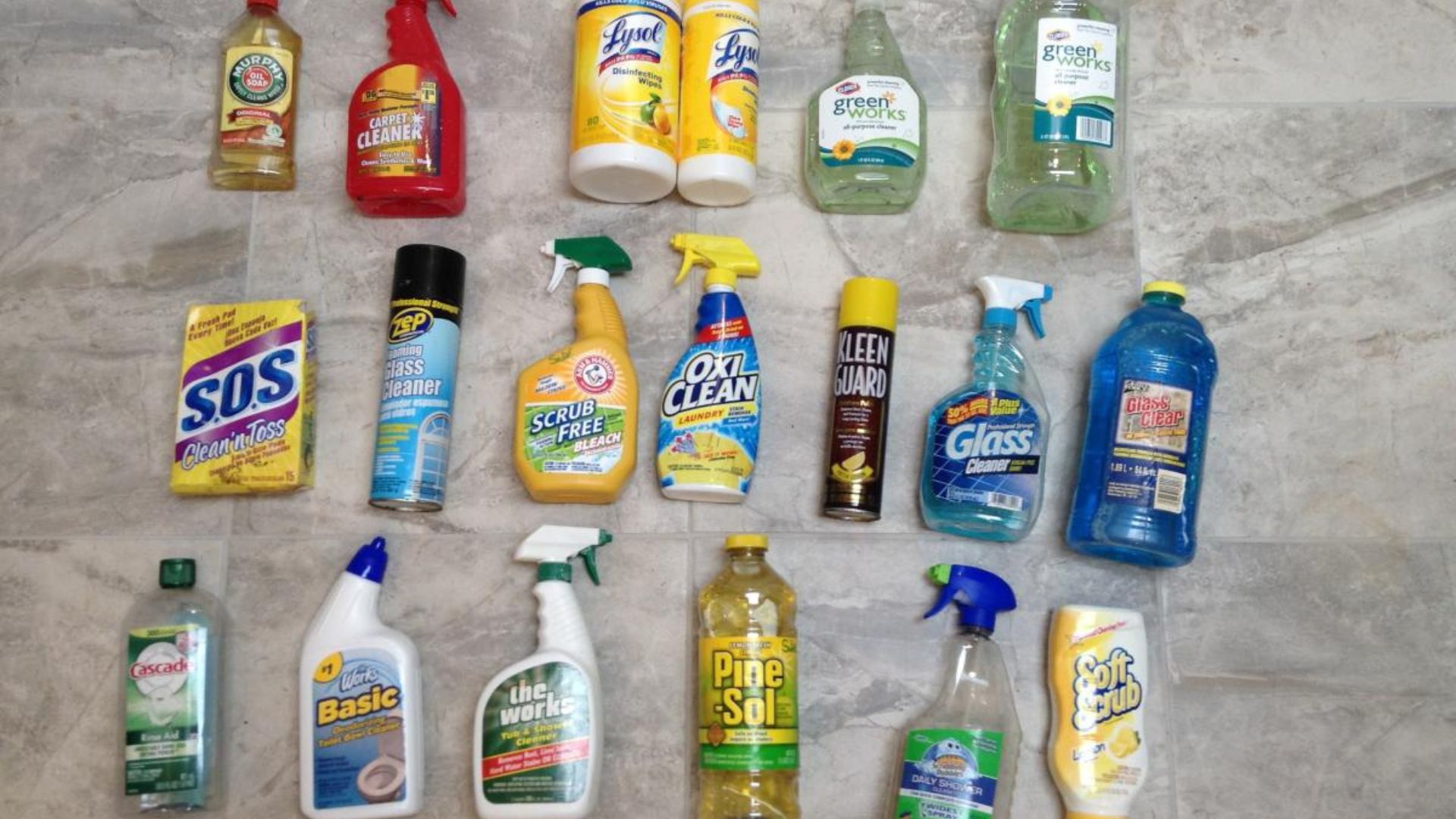Minimizing chemical exposure in the home is crucial for maintaining a healthy environment. Everyday household products can contain harmful chemicals that affect our health. By adopting effective strategies, you can significantly reduce your exposure to these chemicals. Here’s a comprehensive guide to minimizing chemical exposure in your home.
1. Choose Natural Cleaning Products
One of the easiest ways to reduce chemical exposure is by using natural cleaning products. Many conventional cleaners contain harsh chemicals that can be harmful when inhaled or touched. Opt for products with natural ingredients or make your cleaners using simple ingredients like vinegar, baking soda, and lemon juice. This approach helps in minimizing chemical exposure effectively.

Minimizing Chemical Exposure in the Home
2. Use Air Purifiers
Air purifiers can help in reducing indoor air pollution and minimizing chemical exposure. These devices filter out airborne pollutants, including volatile organic compounds (VOCs) from paints and cleaning products. Place air purifiers in commonly used rooms to ensure cleaner air and reduce the concentration of harmful chemicals.
3. Opt for Non-Toxic Paints
When repainting your home, choose low-VOC or no-VOC paints. Traditional paints can release harmful fumes long after application. Non-toxic paints are designed to reduce chemical exposure, making them a safer choice for your home environment.
4. Improve Ventilation
Good ventilation is essential for minimizing chemical exposure. Ensure that your home is well-ventilated by opening windows and using exhaust fans, especially when using products that emit fumes. Proper ventilation helps in dispersing harmful chemicals and improving indoor air quality.
5. Avoid Fragrance-Heavy Products
Many personal care products and air fresheners contain synthetic fragrances that can contribute to chemical exposure. Opt for fragrance-free or naturally scented products to reduce your exposure to potentially harmful chemicals. Check labels and choose products with fewer synthetic ingredients.
6. Store Chemicals Properly
Proper storage of chemicals can prevent accidental exposure. Keep cleaning supplies, pesticides, and other chemical products in sealed containers and store them out of reach of children and pets. Ensure that these items are stored in well-ventilated areas to minimize the risk of chemical exposure.
7. Choose Organic Foods
Organic foods are grown without synthetic pesticides and fertilizers, which can reduce your chemical exposure to food. Opting for organic fruits and vegetables can help minimize the intake of harmful chemicals that might be present in conventionally grown produce.
8. Be Cautious with Pesticides
If you need to use pesticides, follow the manufacturer’s instructions carefully to minimize exposure. Consider using natural pest control methods or organic pesticides as safer alternatives. Reducing the use of chemical pesticides helps in maintaining a healthier home environment.
9. Use Low-Emitting Materials
When renovating or furnishing your home, choose low-emitting materials. Carpets, upholstery, and building materials can release VOCs and other chemicals into the air. Opt for materials that are labelled as low-emission or non-toxic to reduce indoor chemical exposure.
10. Wash New Products Before Use
New items, such as carpets, furniture, and clothing, can off-gas harmful chemicals. Wash or air out these products before bringing them into your home to reduce chemical exposure. This simple step can help in minimizing the impact of new product emissions on your health.
11. Avoid Chemical Drain Cleaners
Chemical drain cleaners can be harsh and harmful. Instead, use natural methods to clear clogs, such as a mixture of baking soda and vinegar. These alternatives are effective and safer, helping to minimize chemical exposure in your home.
12. Educate Yourself About Product Ingredients
Read labels and research the ingredients in household products before purchasing. Understanding what’s in the products you use helps in avoiding those with harmful chemicals. Look for products with transparent ingredient lists and certifications for safety.
13. Implement a Regular Cleaning Routine
Regular cleaning helps in reducing the buildup of dust and chemicals in your home. Use non-toxic cleaning agents and focus on areas that commonly accumulate dust, such as vents and carpets. A consistent cleaning routine can help minimize chemical exposure over time.
14. Maintain Your HVAC System
Regular maintenance of your HVAC system ensures that it is functioning efficiently and not spreading dust or chemicals throughout your home. Change filters regularly and have the system inspected to ensure it supports good indoor air quality and reduces chemical exposure.
15. Opt for Chemical-Free Personal Care Products
Personal care products, such as shampoos, lotions, and soaps, can contain harmful chemicals. Choose products that are free from parabens, sulfates, and artificial fragrances. By opting for natural or organic personal care items, you can further reduce your exposure to potentially harmful substances.
Conclusion
Minimizing chemical exposure in the home involves making informed choices and adopting simple yet effective strategies. By using natural products, improving ventilation, and opting for non-toxic materials, you can create a healthier living environment. Regular maintenance, proper storage, and mindful purchasing contribute to reducing chemical exposure and ensuring a safer home for you and your family.




